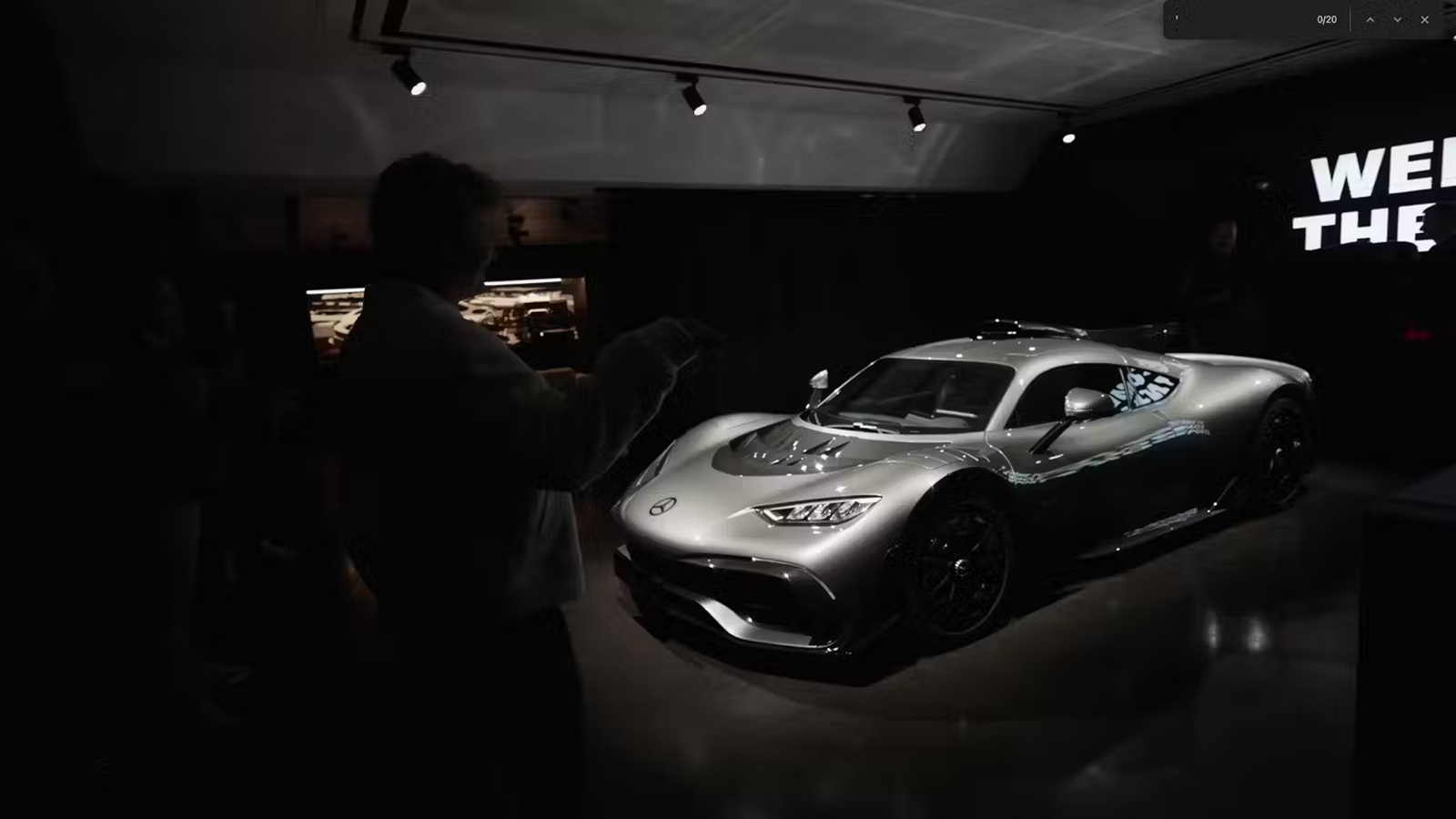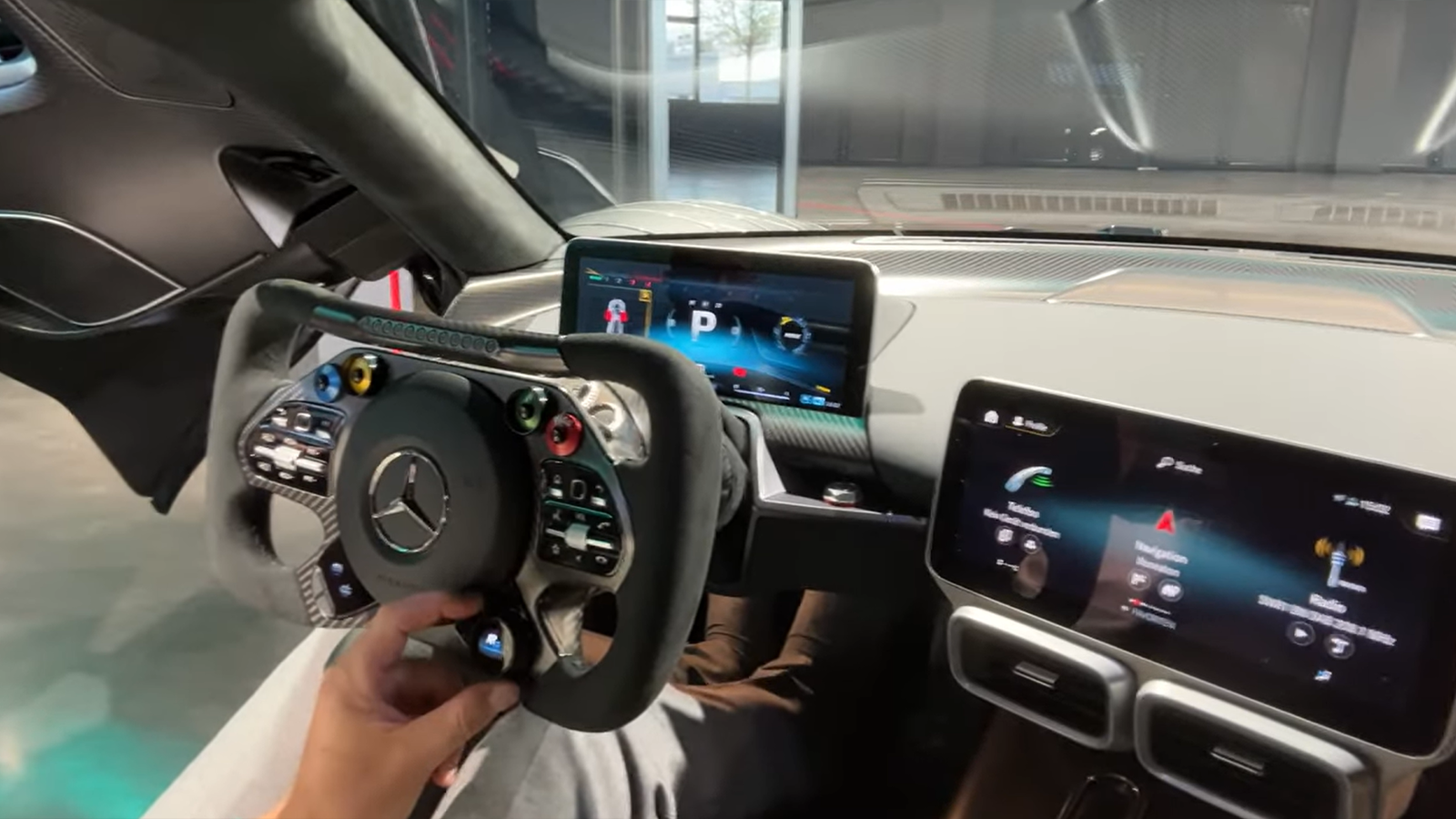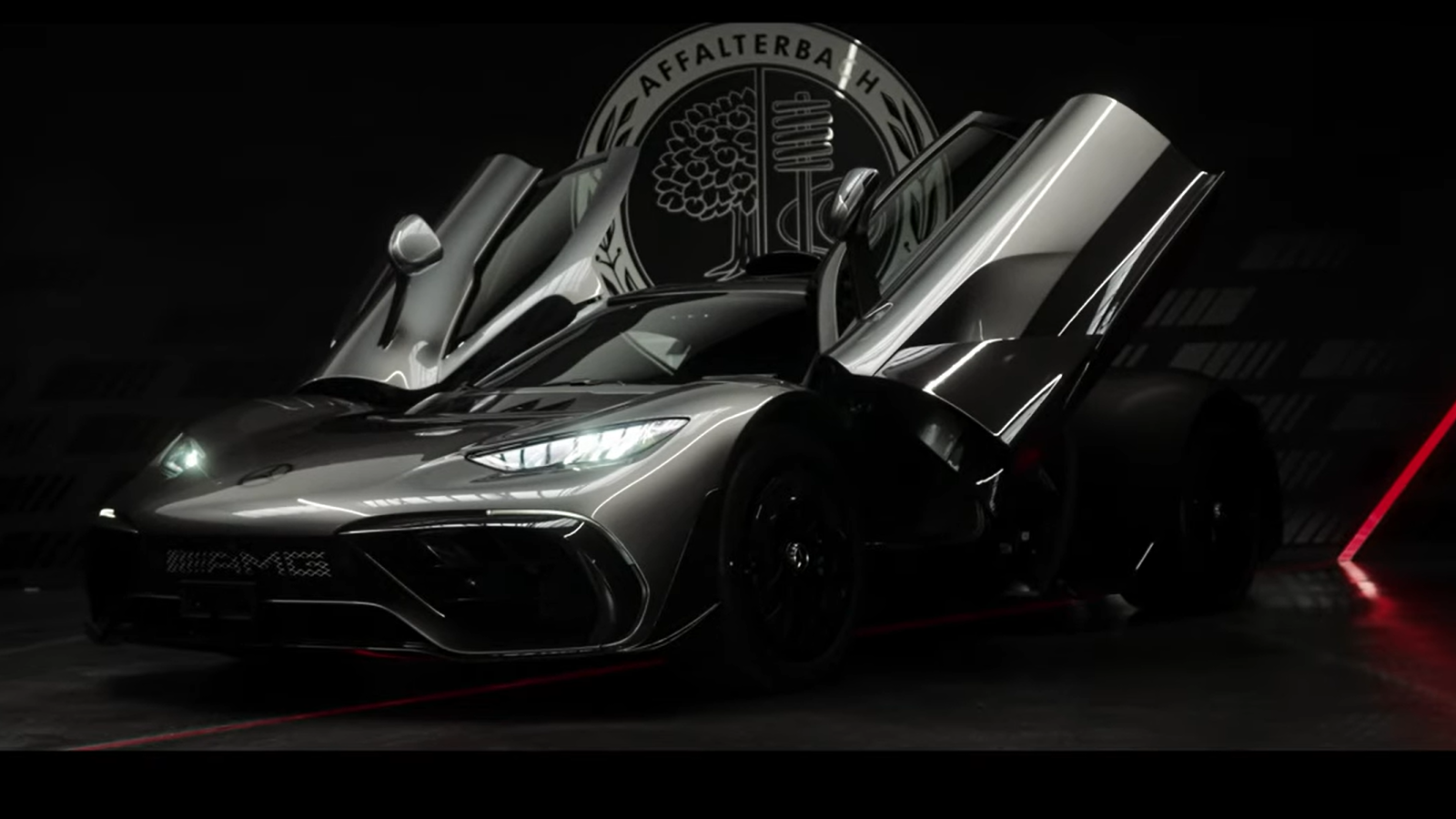Mercedes-AMG ONE Comes With Warmup Instructions that Must Be Followed Exactly
The hypercar's startup procedure is not unlike that on an actual F1 car, and the car will lock you out if you do it incorrectly.












The Marvelous AMG ONE
Mercedes-AMG's ambition to merge Formula 1 technology with street-legal functionality culminated in the AMG One, an extraordinary hypercar first unveiled in September 2017. After overcoming numerous engineering challenges, production finally began in August 2022. Former F1 champion Nico Rosberg, who ordered his AMG One in 2018, waited six years to receive his car. This vehicle's journey to the road underscores the complexities and innovations involved in adapting F1 performance for everyday use. And those complexities directly affect its usability.
A Unique Startup Sequence
The AMG One's startup procedure is a key element of the hypercar's F1-inspired nature. Unlike conventional vehicles, the AMG One starts in fully electric mode. The internal combustion engine (ICE), a 1.6-liter turbocharged V6 derived from Formula 1, does not activate until the catalytic converter reaches a specific temperature of 932°F. This process takes between 60 to 90 seconds, during which the hypercar operates silently like an electric vehicle.
The Importance of Precision
Owners of the AMG One must adhere strictly to the startup procedure to avoid complications. Nico Rosberg experienced the consequences of deviating from this sequence when he prematurely shut off the engine before it reached its optimal temperature. Had he repeated this mistake six times, Mercedes would have immobilized the car, necessitating a technician's visit to reset it. This precision in startup is crucial to maintaining the vehicle's performance and longevity.
Thermal Management and Performance
Thermal management is a critical aspect of the AMG One's operation. When stationary, it takes 5-8 minutes for the combustion engine to reach its optimal temperature, but this time reduces to 2-5 minutes when driving. The car's design ensures that the ICE engages only when conditions are ideal, thereby protecting the engine and enhancing performance.
Software and Hardware Synergy
Developing the AMG One involved significant challenges, particularly in integrating the F1 engine into a road car. Jochen Hermann, Mercedes-AMG's Chief Technical Officer, highlighted the software development as the most challenging aspect. Adjusting the engine's idle speed from an F1-standard 5,000 rpm to a road-suitable 1,250 rpm required extensive work. This synergy between software and hardware was crucial to ensuring the AMG One's reliability and drivability.
The Challenges of Incorporating an F1 Engine
Adapting this engine for road use required Mercedes-AMG to lower its idle speed from 5,000 rpm, typical in F1 cars, to a more practical 1,250 rpm. The highly complex system requires to be rebuilt after every 31,000 miles of driving. Hermann emphasized that this project was the most complicated in the company's history and is unlikely to be replicated due to stringent emissions regulations.
>>Join the conversation about the AMG One right here on MBWorld.org
For help with your maintenance and repair projects, please visit our How-to section in the forum.
